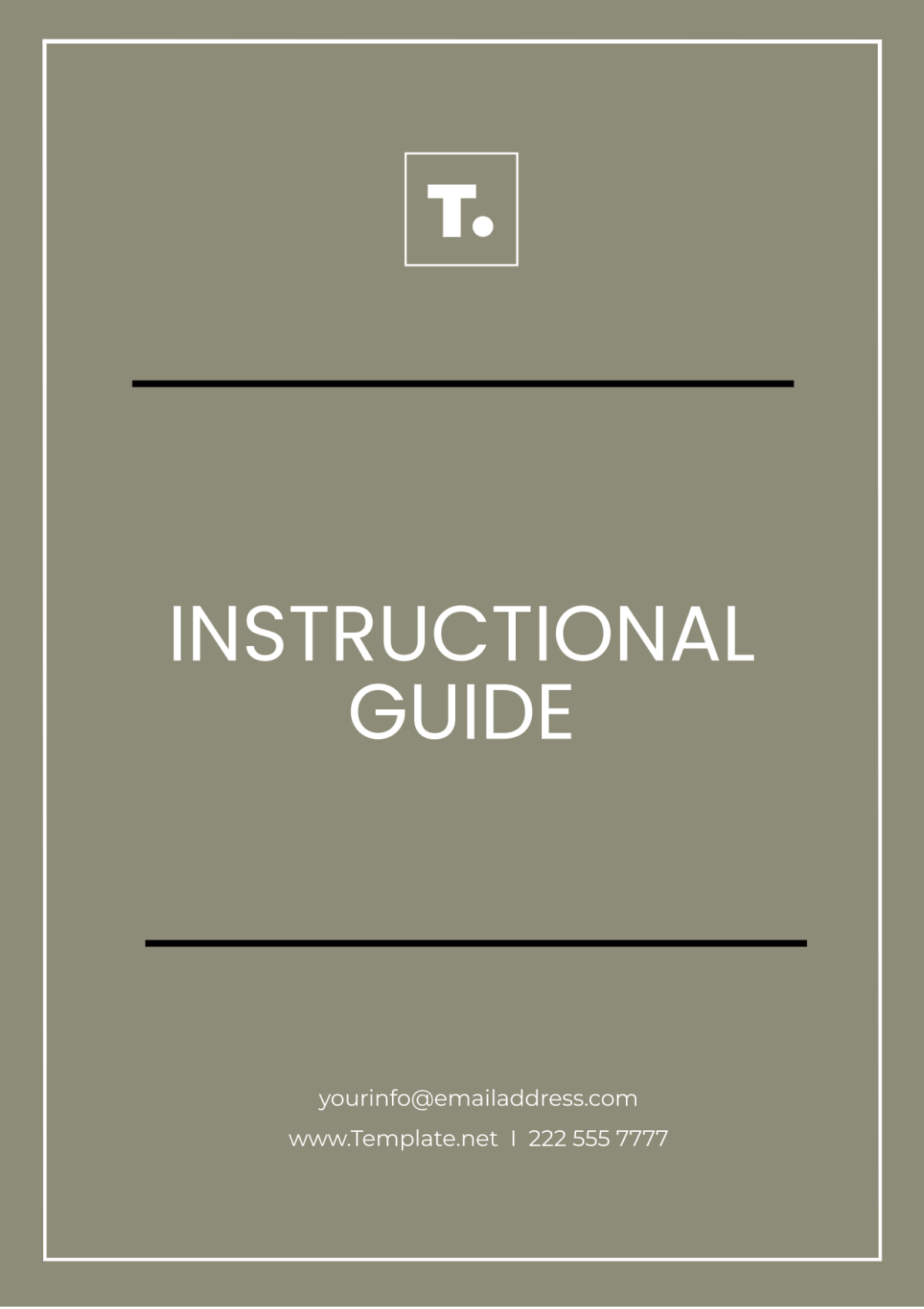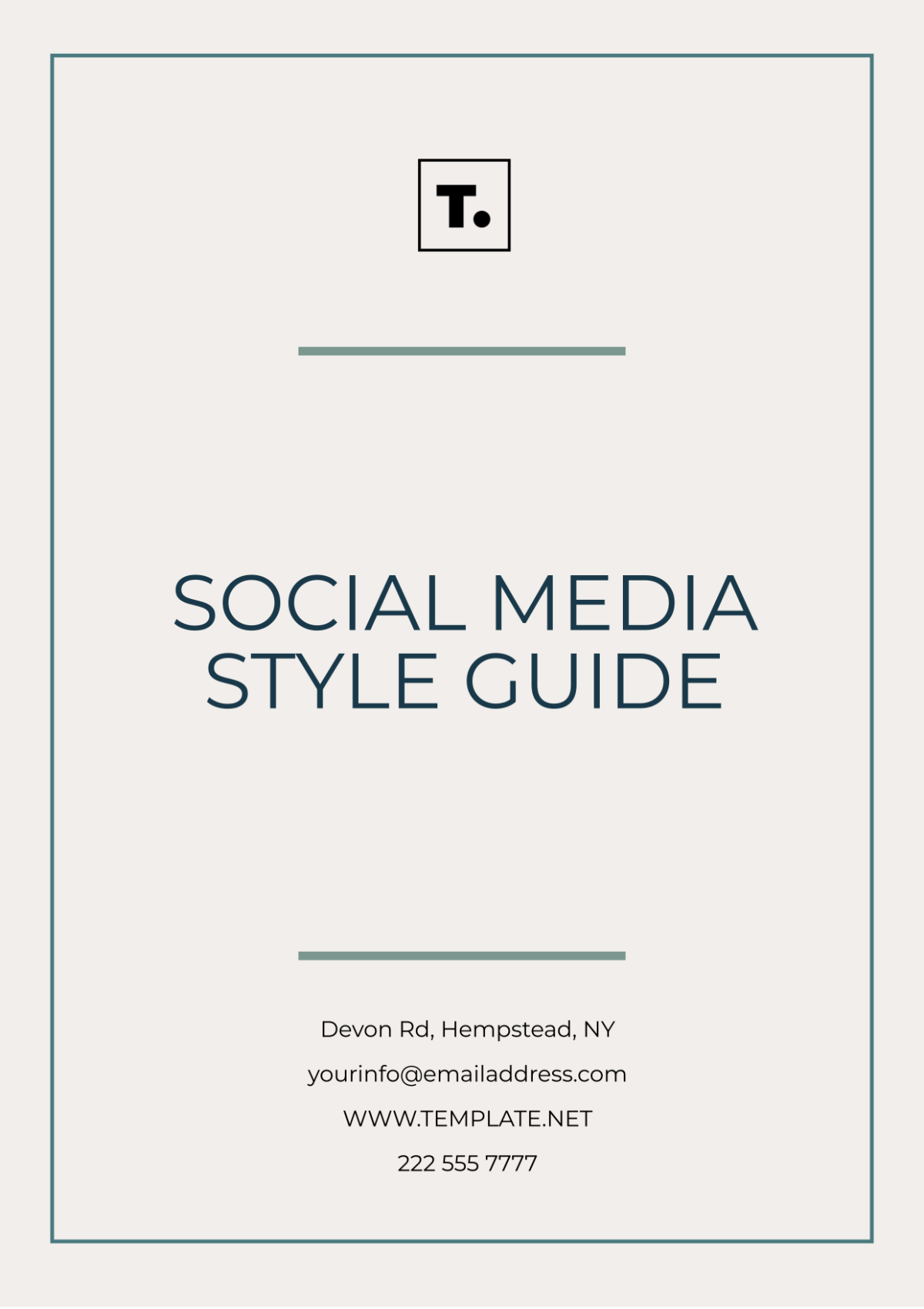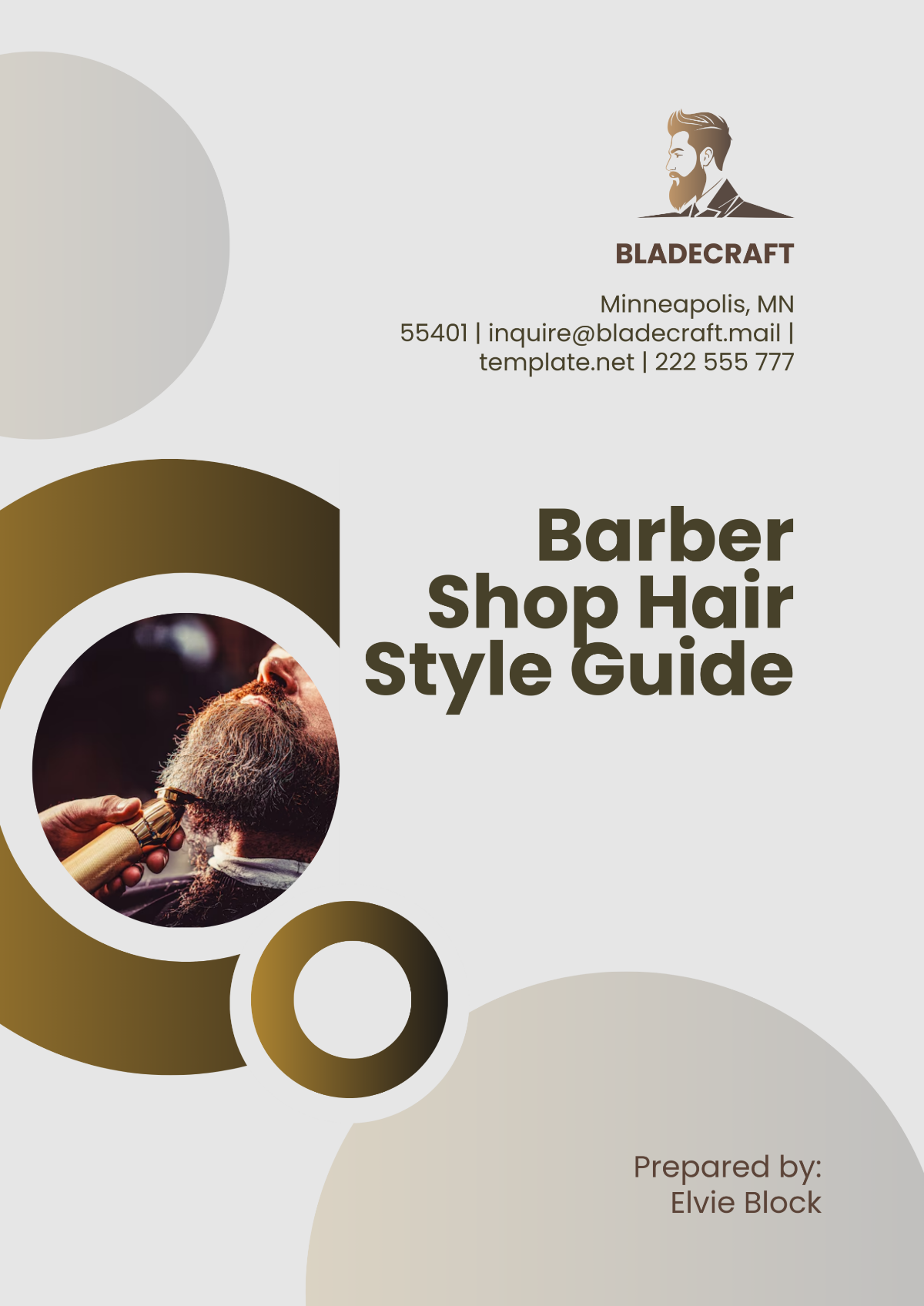Salon Company Guide
Chapter 1: Introduction to the Salon Industry
The beauty industry is thriving, with the global market expected to reach [revenue forecast] by [year]. Within this industry, the salon sector plays a crucial role, offering a range of services from haircuts and styling to skincare and spa treatments. Aspiring salon owners must understand the dynamics of this competitive industry to succeed. This expanded chapter provides insights into the salon industry's current landscape, key trends, and potential challenges and opportunities.
1.1 Salon Industry Overview
The salon industry encompasses a diverse range of businesses, from small boutique salons to large chain franchises. Key services offered by salons include haircuts, coloring, styling, manicures, pedicures, facials, and massages. According to [industry report], the salon industry is experiencing steady growth, driven by increasing consumer demand for personalized beauty services and wellness treatments.
1.2 Market Trends and Insights
Understanding current market trends is essential for [Your Company Name] to identify opportunities for growth and innovation within the salon industry. Some key trends shaping the salon industry include:
Demand for Sustainable and Natural Products: Consumers are increasingly seeking out salons that offer environmentally friendly and natural beauty products, reflecting growing concerns about sustainability and health.
Rise of Wellness Services: There is a growing trend towards holistic wellness treatments in salons, such as aromatherapy massages, yoga classes, and meditation sessions, as consumers prioritize self-care and relaxation.
Integration of Technology: Salons are embracing technology to enhance the customer experience, with features such as online booking platforms, virtual consultations, and personalized recommendations based on customer preferences and past visits.
1.3 Challenges and Opportunities
While the salon industry presents significant opportunities for growth and success, it also poses several challenges that [Your Company Name] must navigate effectively:
Competition: The salon industry is highly competitive, with numerous salons vying for customers' attention. [Your Company Name] must differentiate itself through unique offerings, exceptional service, and effective marketing strategies.
Changing Consumer Preferences: Consumer preferences and trends in the beauty industry are constantly evolving, requiring salons to stay agile and adaptable to meet changing demands.
Regulatory Compliance: Salons must adhere to various regulations and licensing requirements, including health and safety standards, employment laws, and tax regulations.
Chapter 2: Step-by-Step Business Setup
Launching a successful salon business requires careful planning and execution. This chapter provides a detailed step-by-step guide to setting up [Your Company Name] Salon, covering essential aspects such as business planning, legal considerations, location selection, funding strategies, and salon design.
2.1 Business Plan Development
A comprehensive business plan serves as a roadmap for [Your Company Name] Salon's success. Key components of the business plan include:
Executive Summary: A concise overview of the salon's mission, vision, and goals.
Market Analysis: Research on the target market, competitor analysis, and identification of niche opportunities.
Services and Pricing: Description of the salon's services, pricing strategy, and differentiation factors.
Marketing and Sales Plan: Strategies for promoting the salon, attracting customers, and generating revenue.
Financial Projections: Budget, cash flow forecasts, and break-even analysis to assess the salon's financial viability.
2.2 Legal Considerations
Ensuring compliance with legal requirements is essential for [Your Company Name] Salon's long-term success. Legal considerations include:
Business Registration: Registering the salon as a legal entity, such as a sole proprietorship, partnership, or corporation.
Licenses and Permits: Obtaining necessary licenses and permits to operate the salon legally, including health department permits, cosmetology licenses, and business permits.
Insurance: Securing insurance coverage for the salon, including liability insurance, property insurance, and workers' compensation insurance to protect against unforeseen risks.
2.3 Location Selection
Choosing the right location is critical for [Your Company Name] Salon's success. Factors to consider when selecting a location include:
Demographics: Analyzing the demographic profile of the area, including population density, income levels, and consumer preferences.
Visibility and Accessibility: Selecting a location that is easily accessible, visible from main roads, and has ample parking facilities to attract customers.
Competition: Assessing the presence of competing salons in the area and identifying opportunities to differentiate [Your Company Name] Salon's offerings.
2.4 Funding Strategies
Securing adequate funding is essential for [Your Company Name] Salon to cover startup costs and initial expenses. Funding strategies may include:
Self-Funding: Investing personal savings or assets into the salon business.
Loans and Financing: Exploring financing options such as small business loans, lines of credit, or equipment financing from banks or financial institutions.
Investor Funding: Seeking investment from angel investors, venture capitalists, or private equity firms in exchange for equity or ownership stakes in the salon.
2.5 Salon Design
Designing a welcoming and aesthetically pleasing salon environment is crucial for [Your Company Name] Salon's success. Considerations for salon design include:
Layout and Flow: Optimizing the salon layout to maximize space efficiency, facilitate customer traffic, and create a comfortable and relaxing atmosphere.
Décor and Ambiance: Choosing décor elements, color schemes, and lighting that reflect [Your Company Name] Salon's brand identity and appeal to the target demographic.
Comfort and Amenities: Providing amenities such as comfortable seating, refreshments, and entertainment options to enhance the customer experience and encourage repeat visits.
Chapter 3: Essential Equipment and Supplies
Equipping [Your Company Name] Salon with the right tools and supplies is essential for delivering high-quality services and creating a positive customer experience. This chapter provides a comprehensive list of essential equipment and supplies needed to set up and operate the salon effectively.
3.1 Equipment and Supplies Checklist
Item | Quantity | Purpose |
|---|---|---|
Hydraulic Styling Chairs | 5 | Styling and client comfort |
Shampoo Stations | 3 | Hair washing and treatment |
Reception Desk | 1 | Client check-in and scheduling |
Hair Dryers | 5 | Drying and styling hair |
Product Display Shelves | 4 | Selling hair care and beauty products |
3.2 Equipment Selection Considerations
When selecting equipment and supplies for [Your Company Name] Salon, consider factors such as:
Quality and Durability: Invest in high-quality equipment and supplies that are durable and built to withstand daily salon operations.
Brand Reputation: Choose reputable brands and suppliers known for their reliability, customer support, and after-sales service.
Functionality and Versatility: Select equipment and supplies that offer versatile functionality and can accommodate a variety of salon services and treatments.
By following this comprehensive guide, [Your Company Name] Salon can navigate the complexities of starting and operating a successful salon business effectively, setting the stage for long-term growth and success in the competitive beauty industry.
Chapter 4: Advertising and Marketing Your Salon
Marketing plays a crucial role in attracting and retaining customers in the competitive salon industry. This chapter outlines effective strategies for promoting [Your Company Name] Salon, building brand awareness, and attracting a loyal clientele.
4.1 Brand Identity Development
Developing a strong brand identity is essential for [Your Company Name] Salon to stand out in the crowded marketplace. Key components of brand identity include:
Logo Design: Creating a memorable and visually appealing logo that reflects the salon's unique identity and values.
Brand Messaging: Crafting compelling brand messaging that communicates [Your Company Name] Salon's mission, values, and unique selling propositions to potential customers.
Visual Identity: Establishing a consistent visual identity across all marketing materials, including color schemes, fonts, and imagery, to create a cohesive brand experience.
4.2 Online Presence
In today's digital age, maintaining a strong online presence is essential for salon businesses. Strategies for building an online presence include:
Professional Website: Launching a professional website that showcases [Your Company Name] Salon's services, team, pricing, and contact information. The website should be user-friendly, mobile-responsive, and optimized for search engines.
Social Media Marketing: Maintaining active profiles on popular social media platforms such as Facebook, Instagram, and Pinterest to engage with customers, share salon updates, and showcase before-and-after photos of client transformations.
Online Reviews and Reputation Management: Encouraging satisfied customers to leave positive reviews on platforms like Google My Business, Yelp, and Facebook to enhance [Your Company Name] Salon's online reputation and credibility.
4.3 Promotional Strategies
Implementing effective promotional strategies can help [Your Company Name] Salon attract new customers and drive repeat business. Promotional strategies to consider include:
Referral Program: Launching a referral program that rewards existing customers for referring new clients to [Your Company Name] Salon. Offer incentives such as discounts, free services, or loyalty points for successful referrals.
Special Offers and Discounts: Offering special promotions, discounts, or package deals for first-time customers, birthdays, holidays, or seasonal events to incentivize bookings and increase foot traffic.
Community Engagement: Engaging with the local community by participating in community events, sponsoring local charities or organizations, and collaborating with other businesses to increase [Your Company Name] Salon's visibility and goodwill.
Chapter 5: Management and Staffing
Effective management and staffing are essential for [Your Company Name] Salon's success. This chapter provides guidance on hiring skilled professionals, providing training and development opportunities, and implementing best practices for managing salon operations.
5.1 Recruitment and Hiring
Hiring skilled and licensed professionals is crucial for delivering high-quality services and maintaining [Your Company Name] Salon's reputation. Strategies for recruitment and hiring include:
Job Descriptions: Creating detailed job descriptions outlining roles, responsibilities, and qualifications required for each position within the salon.
Recruitment Channels: Utilizing various recruitment channels such as job boards, social media, industry associations, and word-of-mouth referrals to attract qualified candidates.
Interview Process: Conducting structured interviews and practical assessments to evaluate candidates' skills, experience, and cultural fit with [Your Company Name] Salon.
5.2 Training and Development
Investing in training and development opportunities for salon staff is essential for enhancing skills, improving performance, and fostering employee engagement. Training and development initiatives to consider include:
Technical Training: Providing ongoing training on the latest industry trends, techniques, and products to ensure salon staff stay updated and proficient in their skills.
Customer Service Training: Offering customer service training to improve communication skills, client interaction, and overall customer satisfaction.
Professional Development: Providing opportunities for staff to attend workshops, seminars, or certification programs to enhance their professional skills and advance their careers within the salon.
5.3 Employee Handbook and Policies
Developing a comprehensive employee handbook and establishing clear policies and procedures are essential for maintaining consistency and professionalism within [Your Company Name] Salon. Key components of the employee handbook include:
Job Descriptions: Clearly defining roles, responsibilities, and performance expectations for each position within the salon.
Code of Conduct: Outlining expectations for behavior, dress code, punctuality, and professionalism in the workplace.
Policies and Procedures: Establishing policies and procedures related to attendance, scheduling, client confidentiality, safety protocols, and disciplinary action.
Chapter 6: Salon Operations and Management
Effective salon operations and management are critical for [Your Company Name] Salon's success. This chapter provides guidance on streamlining operations, optimizing workflow, and ensuring a positive customer experience.
6.1 Scheduling and Appointment Management
Efficient scheduling and appointment management are essential for maximizing [Your Company Name] Salon's capacity and minimizing downtime. Strategies for scheduling and appointment management include:
Appointment Booking System: Implementing an online appointment booking system that allows customers to book appointments conveniently and provides staff with real-time scheduling updates.
Appointment Reminders: Sending automated appointment reminders via email or text message to reduce no-shows and ensure a smooth flow of appointments.
Staff Scheduling: Optimizing staff schedules to ensure adequate coverage during peak hours and minimize idle time between appointments.
6.2 Inventory Management
Effective inventory management is crucial for ensuring [Your Company Name] Salon has the necessary supplies and products to meet customer demand while minimizing waste and excess inventory. Strategies for inventory management include:
Regular Inventory Checks: Conducting regular inventory checks to monitor stock levels, identify shortages or excess inventory, and reorder supplies as needed.
Inventory Tracking System: Implementing an inventory tracking system to keep track of stock levels, track product usage, and identify trends in product demand.
Vendor Management: Establishing relationships with reliable suppliers and negotiating favorable terms to ensure timely delivery of quality products at competitive prices.
6.3 Quality Assurance and Customer Satisfaction
Delivering high-quality services and ensuring customer satisfaction are paramount for [Your Company Name] Salon's success. Strategies for quality assurance and customer satisfaction include:
Service Standards: Establishing clear service standards and protocols to ensure consistency and quality across all salon services.
Customer Feedback: Soliciting feedback from customers through surveys, reviews, and testimonials to identify areas for improvement and address customer concerns promptly.
Complaint Resolution: Implementing a transparent and efficient complaint resolution process to address customer complaints and resolve issues to the customer's satisfaction.
By implementing these strategies and best practices, [Your Company Name] Salon can streamline operations, enhance customer satisfaction, and position itself for long-term success in the competitive salon industry.
Chapter 7: Conclusion
In conclusion, [Your Company Name] Salon has the opportunity to thrive in the competitive beauty industry by implementing the strategies outlined in this guide. With a strong brand identity, effective marketing tactics, skilled staff, and streamlined operations, the salon can attract and retain loyal customers, drive revenue growth, and establish itself as a trusted destination for beauty and wellness services. By embracing innovation, staying abreast of industry trends, and prioritizing customer satisfaction, [Your Company Name] Salon is poised for success in the dynamic and evolving salon market.
Salon Templates @ Template.net

















































